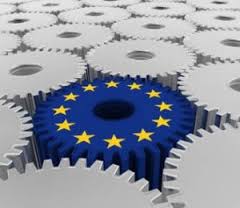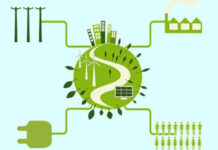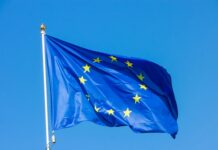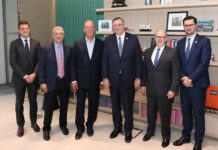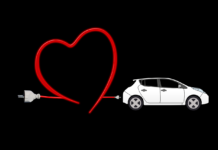
Hilton is synonymous with luxury, comfort and now also sustainability. The well-known hotel chain in fact has opened a structure to the Faroe Islands, as well as being the first for the brand and the first of an international group in the Archipelago, the structure holds another record: it was built by focusing on sustainability. The aim is to foster the growth of a sustainable and responsible tourism industry in the 18 islands.
Energy channel reached Kate Mikesell, vice president, global corporate responsibility, Hilton, to understand how the chain has faced the complexity of such a choice and the strategy that have been put in place in this as in other structures. We discover a focus on energy waste, but also on food and a sensitivity towards renewable energy and zero km. There is no lack of innovation, with the installation of the first charging station for electric cars in the Archipelago. All with involving guests to also evaluate strategies of a zero impact of their stay. The proof that, when there is the will, you can support the environment without sacrificing the comfort of a luxury structure.
Hilton is synonymous of luxury and comfort. The fact that you have made a choice of sustainability in a place so unexplored such as the Faroe Islands shows a strong commitment towards the environment, but how complex was it to approach in a holistic way the environmental footprint considered the place where you built the property?
Social and environmental responsibility are key priorities for our entire global portfolio. To track our progress and ensure we’re having an impact in the areas that matter the most, in 2018 we launched our ambitious Travel with purpose 2030 goals to double our social impact and cut our environmental footprint in half by 2030. Hilton is fully committed to fighting climate change and we are proud to have been the first major hotel brand to set science-based carbon reduction targets aligned with the Paris climate agreement.
Hilton Garden inn Faroe Islands is a fantastic example of how a property can be built with sustainability at its core. The property incorporates features such as ultra-efficient heating, ventilation, and renewable energy systems, and efficiency-focused technologies to reduce energy and water consumption. This new hotel will allow international travellers to responsibly experience this incredible destination, and its focus on sustainability closely aligns with the archipelago’s own sustainable tourism strategy.
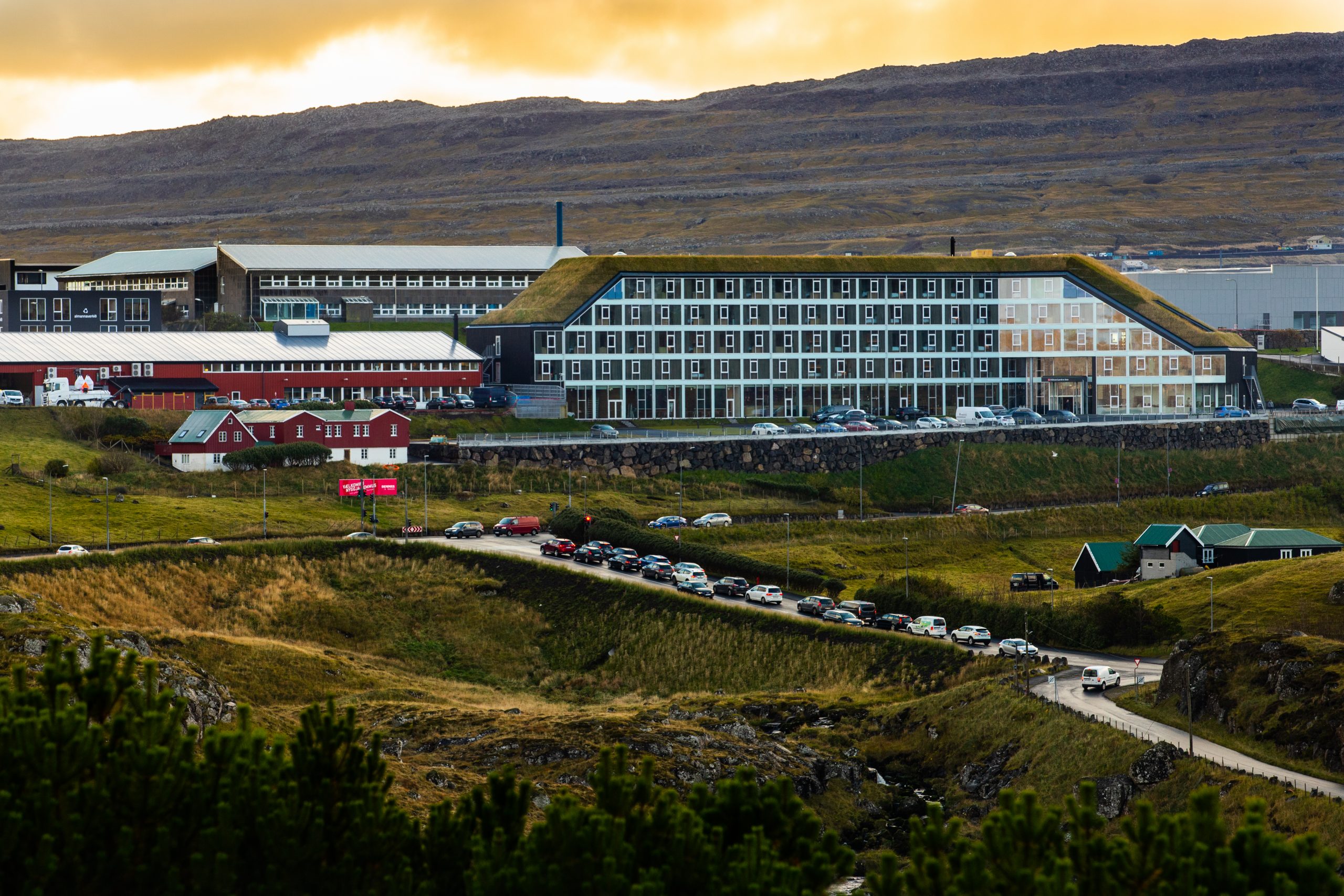
Hilton is also very committed to driving responsible sourcing. In line with our 2030 Goal to double our sourcing from local and sustainable businesses, the hotel plays a crucial role in supporting local industry. The majority of the hotel’s meat, fish and vegetables are sourced from local suppliers, which also helps to reduce reliance on imported goods.
All of our properties around the world are required to continuously monitor their environmental and social impact using our proprietary, cloud-based corporate responsibility management tool, LightStay. In LightStay, each hotel’s performance is tracked against energy/carbon, water and waste reduction goals that align with our 2030 Goals, and hotels are also required to demonstrate implementation of improvement projects to ensure their footprint is consistently reduced over time. Hotels’ LightStay performance data is visible to guests via the hotels’ wi-fi landing page, so they can also take a look at the property’s progress if they wish to do so.
Are you considering starting refurbishment processes in sustainability even in older properties, to adapt them to a better environmental impact?
Refurbishments always present a unique opportunity to improve sustainability. The measures implemented vary dependant on the project’s scope, but every project will consider a standard level of sustainability improvement projects including Leds and lighting sensors, variable frequency drives, window film, improved room controls, and efficient equipment upgrades.
Where the scope is more extensive, heating, ventilation and air conditioning (Hvac) improvements may also be explored. A recent project of Hvac optimisation at Hilton Warsaw yielded 20% energy savings on these elements, a considerable reduction for the hotel, helping towards our 2030 Goals.
Some individual refurbishment projects go even further and explore innovative technologies. For example, Hilton Seychelles Labiz resort & spa recently implemented a micro hydroelectric plant that provides renewable energy year-round, and Hilton London Heathrow terminal 4 recently implemented a waste digester which help to reduce the disposal of food waste by 45%.
Outside of system upgrades, we also aim to reuse or donate as many materials as possible in any refurbishment. For example, we work with our suppliers to local partners to donate furniture, fixtures and equipment or recycle building materials. We try to explore suppliers supportive of the circular economy in favour of the traditional recycling of materials.
Air conditioning and water are among the first items of waste in all homes. What kind of assessments have you made to respond to comfort and environmental needs?
This is an importance balance to strike within any of our hotels. Hilton’s travel with purpose 2030 goals include a specific target to reduce water consumption by 50%, so this was a key consideration when developing Hilton Garden inn Faroe Islands. Simple technology such as motion-sensor taps and water-saving showers ensure minimal waste, in a way which will not affect guest experience.
From an infrastructure perspective, a state-of-the-art Building management system optimises the building’s energy efficiency, adjusting its heating and ventilation systems based on needs at any given time, even taking into account the hotel’s occupancy levels so energy is not wasted when fewer guests are staying at the hotel.
An ultra-efficient underfloor heating system is also fitted throughout the property, enabling spaces to feel a comfortable temperature at 2⁰c cooler compared with a standard heating system – resulting in significant energy savings without impacting on comfort. The turf roof also helps with passive heating, helping the property to conserve more heat without using any more energy.
Thankfully, considering the temperature on the Faroe Islands, cooling is not something we needs to be considered in the same way as it might be elsewhere!
When building the hotel, were any local raw materials used in the construction?
The hotel’s roof is covered in grass from local land, blending the hotel into the scenery. This green roof provides multiple environmental benefits including insulating the building (reducing heating requirements), improving stormwater management, providing erosion protection, and contributing to biodiversity. Local stone was also used for the structure of the hotel.
What percentage of the hotel’s energy comes from the local power plant?
Energy for the heating system is sourced from the local powerplant. The hotel sources its electricity from national supplier Sev, which also seeks to use as much green energy as possible, capitalising on the windy climate of the Faroe Islands – and the fairly regular supply of rainfall. On particularly wet and windy days, the country’s energy supply is almost 100% green. Sev shares a daily tracker on its website so anyone can see what proportion of energy is being captured from renewable sources on any given day.
Food is being sourced locally. Do the polytunnels / greenhouses have any negative impact on the territory? Is there a risk of over-exploitation of the area?
The project from which the hotel sources its fruit and vegetables sits on one of the 18 islands in the Faroe Islands. The site is carefully monitored to ensure there is no negative impact on the terrain. It is a small area taking up a total space of around 200 square metres, so there is no risk of over-exploitation.
Given that the land of the Faroe Islands does not lend itself well to agriculture, this type of farming is a great way to ensure as much food as possible is grown and sourced locally, which crucially helps to limit the amount of good imported onto the islands.
Is anything being done to limit food waste?
Globally, Hilton has a goal to reduce produced waste, including food waste, by 50% by 2030, so this is a key priority for all of our hotels. Jákup Sumberg, the head chef at the hotel’s restaurant Hallartun, is very passionate about supporting this goal. Mindful of how important this is, he works hard to minimise food waste as far as possible through careful planning and repurposing surplus ingredients into new dishes.
All kitchen team members across the company receive dedicated training on how to limit food waste – ensuring they carefully plan to avoid over-catering, as well as providing inspiration for repurposing surplus produce – for example using leftover pastries to create delicious desserts.
At a regional level, Hilton has also piloted new technology which helps chefs to track and reduce food waste. This has been a really exciting journey, and early trials of Winnow technology delivered a 47% reduction in food waste. Work is ongoing to explore possibilities for rolling out the technology across more hotels.
We also have a partnership with World wildlife fund, through which we undertook pilots at 50 hotels around the world to better understand food waste reduction challenges and opportunities in the hospitality industry. The pilots resulted in a number of innovations across hotels, including “no-waste” catering menus.
For meetings and events, we recently launched Hilton EventReady with CleanStay. As well as providing industry-leading cleanliness and hygiene protocols, the programme incorporates guidance on hosting environmentally responsible meetings – including creative F&B offerings which help to limit food waste and focus on local sourcing.
Do clients appreciate choices of sustainability?
Absolutely. Insights demonstrate that sustainability is a key priority for guests, which is really encouraging to see. Research released to coincide with the launch of our 2030 Goals showed that a third of guests actively seek information about a hotel’s sustainability credentials before booking. This trend is particularly prevalent amongst young people, with 44% of those under the age of 25 actively seeking this information.
But do they also apply them? I have seen that you have partly used home automation especially for water and lighting. Home automation is certainly more effective, but is it also appreciated by the clients?
Automated lighting and taps are a simple way to significantly reduce water and energy consumption – without placing the onus on guests.
However, we know that our guests are very keen to make sustainable choices wherever they can – and it is our responsibility to provide them with the opportunity to do so.
To give you an example, in partnership with the World resources institute, we launched the Blended burger, a new take on the traditional beef burger which swaps 30% of the meat content for mushrooms, generating 29% less CO2 than a standard all-beef patty. When we launched this dish across seven different countries, highlighting the environmental impact on our menus, we found that a significant proportion of our guests opted for this burger in place of a traditional burger, knowing that their choice would have a lower impact on the environment.
Similarly, we signed the Cool food pledge, an initiative through which signatories aim to collectively slash food-related greenhouse gas emissions by 25% by 2030. As part of this, hotels in the UK, BeNeLux and Germany launched a new menu named “Better bites” during November last year. All the dishes on this menu were designed to encourage guests to make more sustainable choices – for example by reducing the meat content, or using locally sourced, seasonal ingredients. The feedback on this was so positive that the vast majority of hotels continued to offer their special menus beyond the promotion.
Hilton also offers meetings and events clients the opportunity to offset the carbon footprint of their meeting, which is another simple way to help them help us to reduce our environmental impact. To enhance our offer even more, we recently launched Hilton EventReady with CleanStay. As part of this industry-leading cleanliness and customer service programme specific to meetings and events, our team members will partner with their clients to achieve the meeting’s objectives while addressing both health and environmental concerns, helping them to deliver more socially responsible meetings.
Per ricevere quotidianamente i nostri aggiornamenti su energia e transizione ecologica, basta iscriversi alla nostra newsletter gratuita
e riproduzione totale o parziale in qualunque formato degli articoli presenti sul sito.




